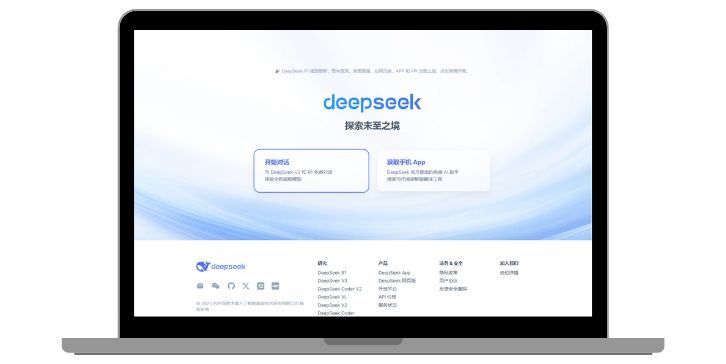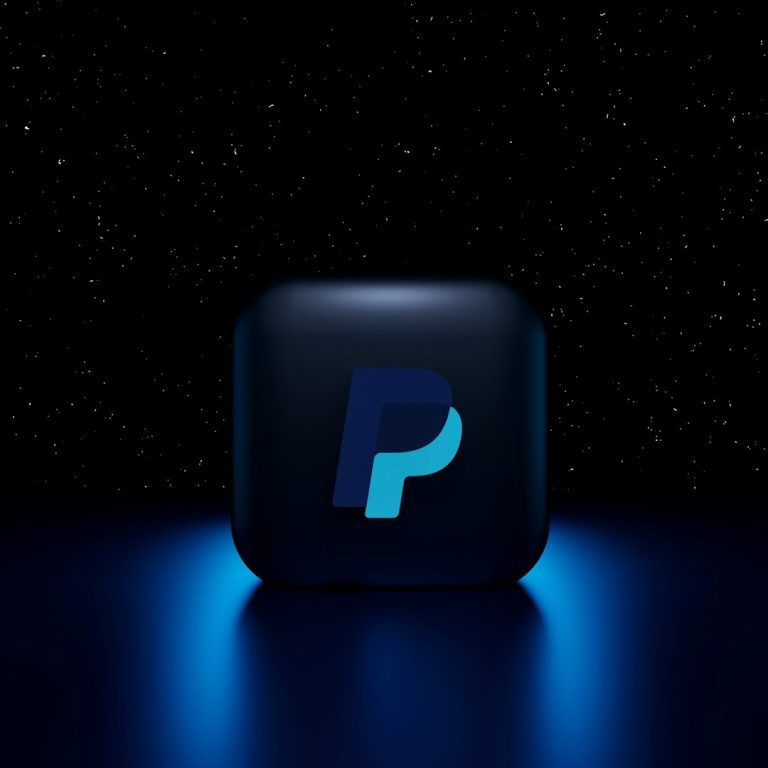In this article, we’re giving you a no-nonsense look at DeepSeek AI. It’s not another sales pitch. We’re checking if this tool can really help you code better. Whether you’re comparing it to Copilot or ChatGPT, we’ve got the facts you need.
We rewrote this piece to keep things clear and to the point. You’ll find real details—how it performs, what languages it supports, and where it stands next to its rivals. It’s not packed with filler or fancy words.
This update also comes at the right time. DeepSeek has rolled out new versions that change everything. If you’ve looked at it before and moved on, it might be worth another look now.
What is DeepSeek?

DeepSeek is an AI model that helps you code. It was built by a company called DeepSeek AI, based in Hangzhou, China. They started in July 2023. Since then, they’ve been moving fast.
Their first tool, DeepSeek Coder, came out in November 2023. After that, they dropped V2, V2.5, V3, and then R1—all by early 2025.
The goal here is clear. They want to build powerful AI tools that don’t cost you anything. DeepSeek-R1 is one of their strongest models, and guess what? It’s free to use. You can even run it on your own machine.
The models come in different sizes, from 1.3 billion to 70 billion parameters. And yeah, that’s a lot. They use a smart setup called a mixture-of-experts system. That lets them give you good answers without using too much memory. You also get huge input space, up to 128,000 tokens. That means it can read long files and still know what’s going on.
How Good is DeepSeek at Writing Code?
Let’s keep it simple—it’s really good.
It’s ranked high in public benchmarks like HumanEval, MBPP, MultiPL-E, and APPS. These tests check how well it completes code and solves tasks. DeepSeek usually ranks at the top for open-source tools.
The training is a big reason for this. It was trained on 2 trillion tokens. Almost 90 percent of that was code. And not just one or two languages—over 80. This includes Python, JavaScript, TypeScript, Go, Java, and more.
So what does that mean for you? It can:
- Suggest whole lines or functions
- Fix bugs
- Explain what a function does
- Refactor messy code
- Convert functions between languages
It doesn’t just look at a few lines. With its long context window, it can handle whole files. So if your project is big, it still works fine.
Also, it’s fast. You can use it in real time inside your IDE. No waiting around. And if you want more control, you can run it locally. That’s a plus for privacy and speed.
How Does DeepSeek Compare to GitHub Copilot or ChatGPT?
Here’s where it gets interesting. DeepSeek brings real competition to these tools. It’s flexible, fast, and doesn’t cost a thing.
Unlike Copilot, DeepSeek is open-source. You can host it yourself. It doesn’t rely on any company’s servers. You keep control.
ChatGPT is great at explaining things. But it lives in the browser. DeepSeek fits right into your editor.
Let’s look at a quick comparison:
| Feature | DeepSeek AI | GitHub Copilot | ChatGPT (Code Mode) |
|---|---|---|---|
| Open-source | Yes | No | No |
| Self-hostable | Yes | No | No |
| Context window | Up to 128k tokens | Around 4k | Around 8k–32k |
| Cost | Free/low API | Subscription required | ChatGPT Plus needed |
| IDE Integration | VS Code, JetBrains (basic) | Full IDE support | Web interface only |
So yeah, Copilot looks cleaner inside IDEs. But DeepSeek gives you more freedom. And if you’re used to switching between tabs with ChatGPT, you’ll like how DeepSeek keeps everything in your editor.
Which DeepSeek Model Is Best for Coding?

If you want something fast and solid, go with DeepSeek-Coder V2. It’s the model most people use. It supports 338 programming languages and performs close to GPT-4 Turbo.
Need to work on larger, more detailed codebases? Try the 33B model. It’s bigger and more precise, but it’ll also need more memory.
If debugging and step-by-step logic is your thing, check out DeepSeek-R1. It’s made for reasoning and can correct its own mistakes using feedback from earlier steps. That’s a rare feature.
What Programming Languages and IDEs Does It Support?
You’re covered here.
DeepSeek works with more than 300 languages. That includes all the common ones—Python, JavaScript, Java, TypeScript, Go, Rust, C++, and many others. Even lesser-used languages like Shell, Dart, and Swift are included.
In terms of editors, you can use it with:
- Visual Studio Code
- JetBrains IDEs (basic support)
- API-based tools for custom setups
So whether you’re building web apps, mobile tools, or system scripts, DeepSeek’s got the language and the tools for the job.
Is DeepSeek AI the Best Choice for You?

If you’re working solo, just starting out, or managing a small team, DeepSeek is worth trying. It gives you advanced features without locking you into a paid plan.
You don’t have to rely on anyone else’s servers. You can tune it how you want. It’s flexible and free.
If your team needs deep IDE plugins, team sharing, or enterprise support, Copilot might still be better for now. But even then, DeepSeek could be a helpful second tool. And it’s catching up quickly.
Tips for Better Coding with DeepSeek AI
Want smoother results? Try these:
- Be specific. Clear prompts give better output.
- Run it locally if you can. It’s faster and more private.
- Choose the model that fits your hardware.
- Give it full blocks of code. Context helps.
- Ask it to explain what it wrote. You’ll spot mistakes faster.
- Fine-tune it with your own data if you’re using it a lot.
- Update your IDE plugin. Small updates make a big difference.
Stick to these, and you’ll get more out of it every time you code.
Conclusion
DeepSeek AI has come a long way in a short time. It’s fast, accurate, and flexible. You can use it for real projects. You can run it yourself. And it won’t cost you anything unless you choose to upgrade hardware or API access.
For developers who care about privacy, control, and long-term value, it’s a smart move. Copilot might be smoother in some places. ChatGPT may still explain things better. But DeepSeek is getting closer every month.
So yeah—DeepSeek is more than just a free tool. It’s a real choice. One that’s already helping a lot of coders build smarter, faster, and with more control.




